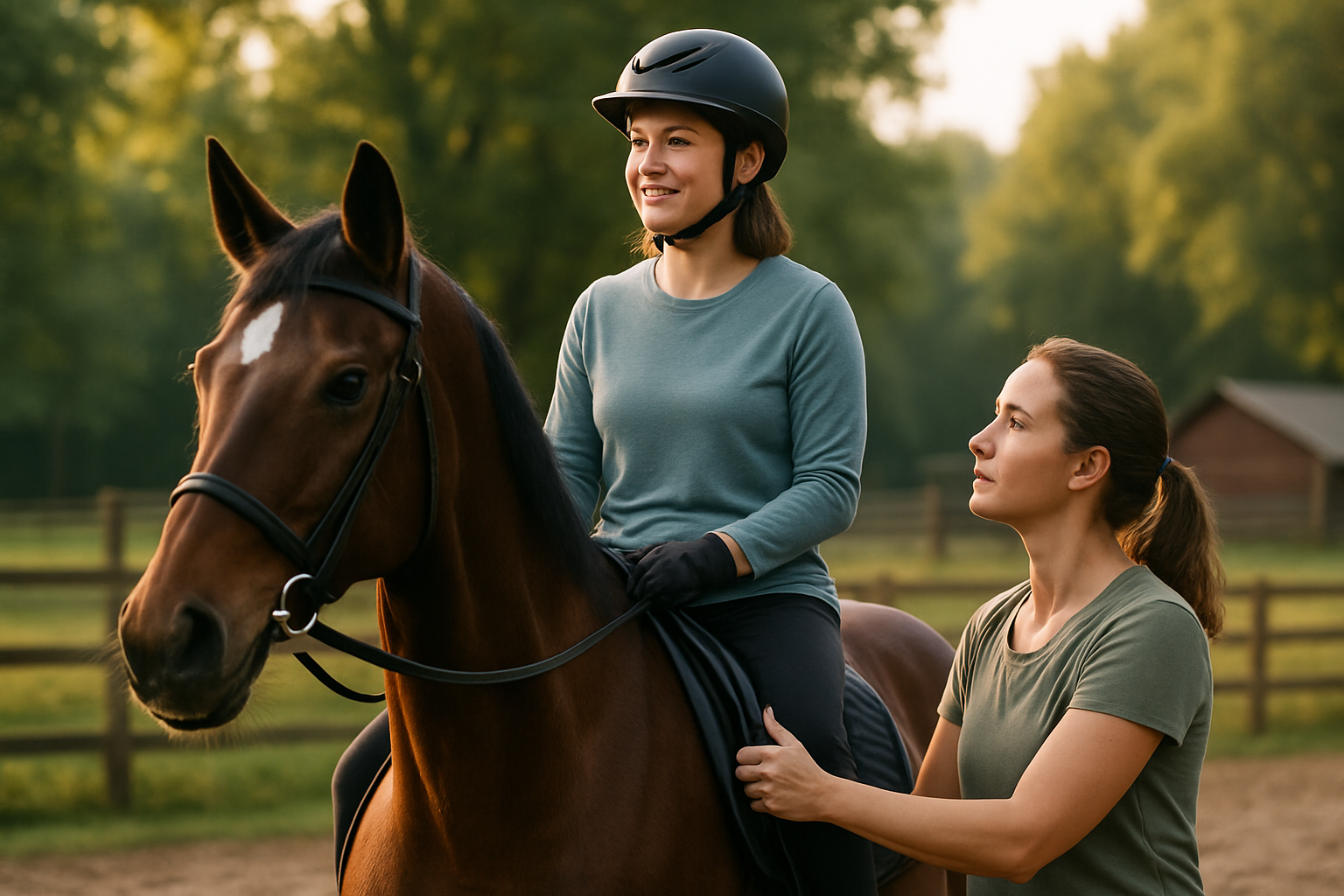Decoding Equine Sleep Patterns: The Fascinating World of Horse Slumber
Horses, majestic creatures known for their strength and grace, possess intriguing sleep habits that have long puzzled researchers and equestrians alike. This article delves into the enigmatic world of equine sleep, exploring the unique characteristics, challenges, and adaptations that make horse slumber a captivating subject of study.

The Evolution of Horse Sleep
Horses have developed their unique sleep patterns over millions of years of evolution. As prey animals, they needed to remain vigilant and ready to flee at a moment’s notice. This evolutionary pressure led to the development of a sleep system that allows horses to rest while maintaining a high level of awareness of their surroundings.
Unlike humans, who typically sleep in long, uninterrupted periods, horses have adapted to sleep in short bursts throughout the day and night. This polyphasic sleep pattern enables them to remain alert to potential threats while still obtaining the rest they need to function optimally.
Standing Sleep: A Unique Equine Adaptation
One of the most fascinating aspects of horse sleep is their ability to sleep while standing up. This remarkable feat is made possible by a specialized anatomical feature known as the stay apparatus. This network of ligaments and tendons in the horse’s legs allows them to lock their joints in place, enabling them to remain upright with minimal muscular effort.
Standing sleep serves as a crucial survival mechanism for horses. By remaining on their feet, they can quickly respond to potential dangers and make a swift escape if necessary. This type of sleep is typically light and accounts for the majority of a horse’s daily rest.
The Importance of Recumbent Sleep
While horses can sleep standing up, they also require periods of recumbent sleep to achieve deeper, more restorative rest. During recumbent sleep, horses lie down either in a sternal position (with their legs tucked under them) or in lateral recumbency (lying flat on their side).
Recumbent sleep is essential for horses to enter REM (Rapid Eye Movement) sleep, a crucial stage for cognitive function and physical recovery. However, due to their instinctual wariness, horses typically only engage in recumbent sleep for short periods, usually totaling around 2-3 hours per day, often broken into multiple sessions.
Sleep Deprivation in Horses: A Growing Concern
Recent studies have highlighted the issue of sleep deprivation in domesticated horses. Factors such as inadequate space, social isolation, and environmental stressors can significantly impact a horse’s ability to achieve quality sleep, particularly recumbent sleep.
Sleep deprivation in horses can lead to various health issues, including decreased immune function, impaired cognitive abilities, and reduced physical performance. Recognizing the signs of sleep deprivation, such as excessive drowsiness during the day or difficulty maintaining balance, is crucial for horse owners and caretakers.
Optimizing Sleep Environments for Horses
Creating an ideal sleep environment is essential for ensuring horses can obtain the rest they need. Key considerations include:
-
Adequate space: Horses require enough room to lie down comfortably and feel safe doing so.
-
Suitable flooring: Soft, dry bedding encourages horses to lie down for recumbent sleep.
-
Social dynamics: Horses are herd animals and often feel more secure sleeping when in the company of trusted herd mates.
-
Minimizing disturbances: Reducing noise and sudden movements in the stable area can help horses feel more at ease during sleep periods.
-
Consistent routines: Regular feeding and exercise schedules can help normalize sleep patterns.
The Impact of Sleep on Equine Performance
Sleep quality plays a significant role in a horse’s overall performance, whether in competitive sports or daily activities. Well-rested horses demonstrate improved cognitive function, better coordination, and enhanced physical capabilities.
For equine athletes, optimizing sleep can be a crucial factor in achieving peak performance. Trainers and owners are increasingly recognizing the importance of sleep management in their horses’ training regimens, incorporating strategies to ensure adequate rest between intense workouts and competitions.
Monitoring Equine Sleep: Technological Advancements
As awareness of the importance of equine sleep grows, so too does the technology available for monitoring and analyzing sleep patterns in horses. Wearable devices and stable-based monitoring systems now allow researchers and horse owners to gather detailed data on sleep duration, quality, and patterns.
These technological advancements are providing valuable insights into individual horses’ sleep needs and helping to identify potential sleep-related issues early on. As this technology continues to evolve, it promises to revolutionize our understanding of equine sleep and its impact on overall health and performance.
Embracing the Complexity of Equine Sleep
The world of horse sleep is a testament to the remarkable adaptations these animals have developed throughout their evolutionary history. By understanding and respecting the unique sleep needs of horses, we can better care for these magnificent creatures and ensure their well-being in both domestic and wild environments.
As research in this field continues to advance, it is clear that equine sleep is far more complex and crucial than previously thought. For horse owners, veterinarians, and researchers alike, embracing this complexity and working to optimize sleep conditions for horses will undoubtedly lead to healthier, happier, and better-performing equine companions.





